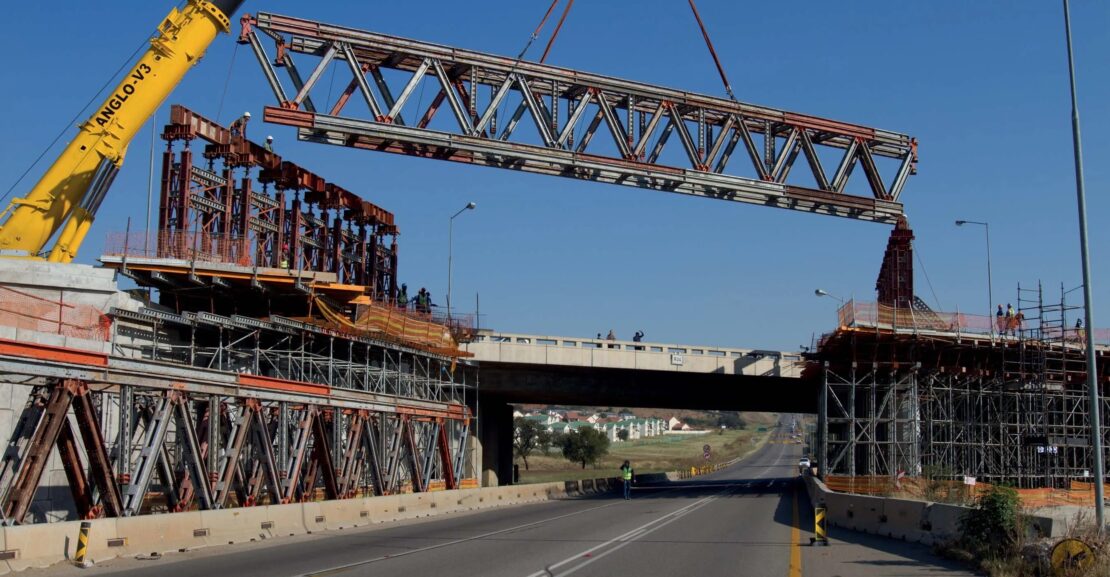Cranes serve as vital assets on construction sites, facilitating the movement of heavy materials and equipment with precision and efficiency. Understanding crane lifting capacity is essential for ensuring safe and effective operations. In this blog, we dive deep into the factors influencing crane lifting capacity, from crane configurations and load charts to environmental conditions and safety considerations. Whether you’re a seasoned crane operator, a construction professional, or simply curious about the mechanics behind these towering machines, join us on a journey to demystify crane lifting capacity and enhance your understanding of crane operations.
Crane Configurations
Crane lifting capacity varies significantly based on the crane’s configuration. The two primary types of cranes commonly used in construction are mobile cranes and tower cranes. Mobile cranes are versatile and can be moved from one location to another, making them ideal for various job sites. Tower cranes, on the other hand, are fixed to the ground and are commonly used for tall buildings and large-scale construction projects. Each crane type has its own set of capabilities and limitations, which directly influence its lifting capacity.
Load Charts
Load charts, provided by crane manufacturers, are essential tools for determining a crane’s lifting capacity under different conditions. These charts consider factors such as boom length, radius, and counterweight configurations to calculate the maximum allowable load that a crane can lift safely. Understanding load charts is crucial for crane operators and riggers to ensure that lifts are performed within the crane’s capacity limits, minimizing the risk of accidents and injuries.
Environmental Conditions
Environmental factors such as wind speed, temperature, and ground conditions can significantly impact a crane’s lifting capacity. High winds can reduce a crane’s stability and lifting capacity, while extreme temperatures can affect the crane’s hydraulic system and structural integrity. Additionally, soft or uneven ground can pose stability challenges, requiring special precautions to ensure safe crane operations. It’s essential for crane operators to assess environmental conditions before initiating lifts and to adjust lifting plans accordingly to maintain safety and efficiency.
Safety Considerations
Safety is paramount in crane operations, and several factors must be considered to ensure safe lifting practices. Proper rigging techniques, including the use of appropriate slings and attachments, are essential for securing loads and preventing accidents. Crane operators must also be properly trained and certified to operate specific crane types and understand the importance of maintaining clear communication with ground personnel during lifts. Regular maintenance and inspections of cranes are critical to identify and address any potential issues that could compromise safety.
Conclusion
Crane lifting capacity is a complex topic influenced by various factors, including crane configurations, load charts, environmental conditions, and safety considerations. By understanding these factors and their impact on crane operations, construction professionals can ensure safe and efficient lifting practices on job sites. Whether you’re operating a crane or overseeing construction projects, having a comprehensive understanding of crane lifting capacity is essential for maintaining safety and productivity in the construction industry. Join us in our exploration of crane lifting capacity and gain valuable insights into the world of crane operations.
Crane Lifting Capacity Explained
This article explores the intricacies of crane lifting capacity in construction. This comprehensive guide delves into factors such as crane configurations, load charts, environmental conditions, and safety considerations. By understanding these elements, construction professionals can ensure safe and efficient crane operations on job sites. From mobile cranes to tower cranes, this article demystifies crane lifting capacity, enhancing understanding and promoting safety in the construction industry.
